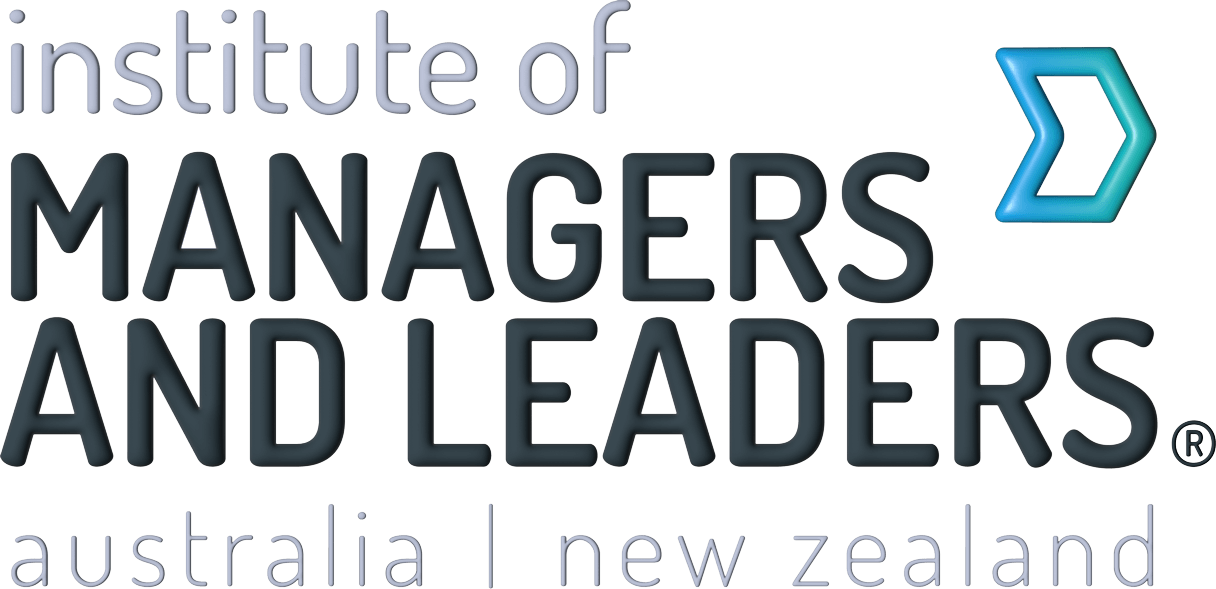By Greg Smith
Soft skills have long been a desired leadership capability. However, in an age where rapid advances in technology are redefining how humans add value in the workplace, soft skills will increasingly become the most sought after employee capability possibly eclipsing everything else. Our current situation with the COVID-19 pandemic has thrust us into the new reality right now. And that’s just the beginning. Deloitte’s 2019 study, The path to prosperity. Why the future of work is human, predicts that by 2030 around two-thirds of jobs will be ‘soft-skill intensive’.
Sometimes when change is so rapid, it can feel like a high-speed train bearing down, and the immediate inclination is to jump out of the way. However, the best response is to understand, embrace and run with it!
Let’s see what that practically means when it comes to soft skills and the workplace.
“My boss has terrible interpersonal skills.”
How many times have you overheard one person saying this to another: “My
boss is really great technically but has terrible interpersonal skills.”? This is still a major deficit for some
leaders and continues to frustrate the growth and progress of individuals,
teams and entire organisations.
Leadership development programs, for some time now, have sought to improve
leaders’ ability to better connect with others. However, this remains an
elusive skill for many. Dial up the need for this capability many times over,
and it doesn’t require much of a stretch of the imagination to see why this
will become an absolute requisite and priority for effective leadership.
The notion of soft skills also implies the existence of hard skills. So what are soft skills, and how are they different from hard skills? Let’s first take a look at the sources of soft skills. These are found in personality traits, personal attributes and specific behavioural competencies. Hard skills, on the other hand, are developed through training and learning. It’s easy to see from this comparison why the nature of soft skills makes them much more difficult to impart to others than hard skills! The exciting aspect of soft skills is that they are highly transferable, which in a fast-changing employment landscape driven by technological change, makes them an extremely valuable asset and powerful differentiator when competing for jobs.
Why EQ matters
Fortunately, the concept of Emotional Intelligence (EQ) harnesses the key suite of soft skill capabilities required by leaders and their followers alike. Simply put, EQ may be thought of as not letting your emotions stop you achieving your goals. Although this descriptor neatly packages up EQ into a simple and easy to grasp idea; it doesn’t help with understanding how to develop and enhance your EQ capability.
Daniel Goleman described EQ competencies as “how leaders handle themselves and their relationships” in his book, The New Leaders. He explains EQ competencies in two domains:
- Personal competence: Self-Awareness and Self-Management
- Social competence: Social Awareness and Relationship Management
It’s immediately apparent that EQ competencies cannot be ‘codified’ or automated and therefore replicated by AI or machines, making them solely the domain of human beings. However, if AI and machines take over routine tasks (e.g. technical support, bricklayers or administration) then non-routine roles (e.g. social workers, emergency workers, teachers or chief executives) become a natural place for humans to gravitate towards, an essential transition for secure employment in the longer term.
Three navigation steps for the workplace
There are three key steps to navigate and take advantage of the wide array of exciting roles that will open up as a result of technological change. These are:
Step 1: understand and internalise the new reality of the transition that’s afoot showing where human beings will add value in the workplace of the future. It’s just around the corner, so it’s worthwhile considering how this may impact your career in terms of risks but more importantly opportunities.
Step 2: reflect on where and how you add value now in your current work role.
Step 3: identify your transferrable skills and consider how you might align these to the jobs of the future. This includes exploring what further training and development you may need to optimise these skills fully.
Start preparing now!
It’s highly likely that you could be drawing on soft skills to drive your future career even if you don’t use or need these skills in your job right now. My advice is to start preparing now for the future that lies ahead. The future is sure to be full of boundless possibilities as new jobs unfold that have not yet been invented or even conceived!
Greg Smith is an expert in career development, talent management and organisational leadership. He is the author of Career Conversations: How to get the best from your talent pool (Wiley).


